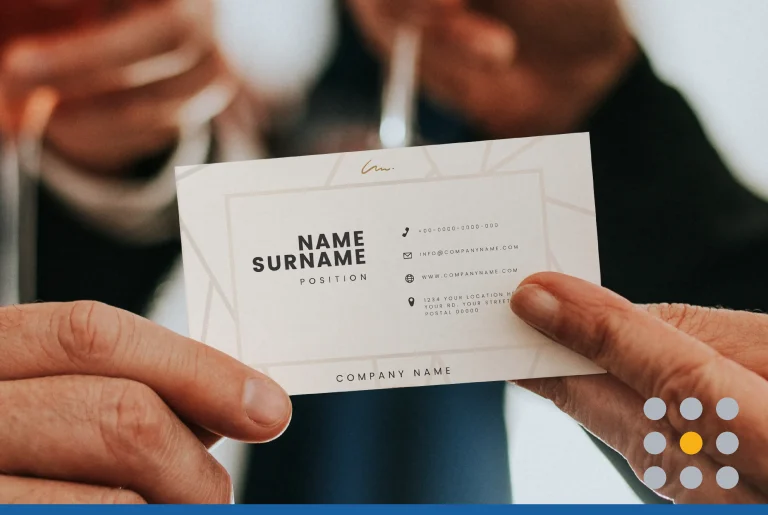There seems to be a bit of confusion between the words “copyright” and “trademark” – what usually happens is people use them interchangeably. And if you aren’t a legal expert, we don’t blame you for thinking these two words are one and the same. However, when it comes to designing a logo for your business, you are going to want to know the difference between the two. Otherwise, you could end up getting into some serious legal trouble with another brand, or have your own brand’s identity stolen.
The difference between copyright and trademark
Before we get into which you should choose in order to protect your logo design, let’s define both of these words.
Copyright is a legal right that is given to an individual or entity which allows them to print, publish, film, or record literary, musical, and artistic materials. Filing for copyright means that others are forbidden to use this material in any way, shape, or form without the consent of the owner of the copyright.
Copyright can protect pictures, songs, software, and sometimes consumable goods. You can file for copyright if your logo also appears on books, a website, a photograph or painting. Since your logo is a piece of original artwork and it has been placed on tangible goods and digital services, then copyright may be necessary.
Trademarks are, to put it simply, a mark of trade. This legal insignia tells others that your word, slogan, image, logo, or combination of these is yours and people can associate these marks of trade with your business. For example, McDonald’s has a trademark on their “M”-shaped logo as well as their “I’m Lovin’ It” slogan because their customers can identify their business with either of these marks of trade.
A trademark is important to have as it helps to develop brand loyalty and brand identity while preventing others (industry competitors and non-competitors alike) from stealing the original design. Trademarks never expire, though if you update your existing logo or rebrand your business, it’s important to file another trademark as they cannot be carried over to different works of art.
Why trademarking your logo the most popular option
For most small business owners, trademarking your logo, business name, slogan, or tagline should be sufficient enough to combat anyone from stealing your brand’s identity. If you are using your logo to build your brand and sell goods or services, then applying for a trademark should be one of your first priorities when starting your business.
So, what if you create a logo using an online logo maker or a logo designer?
If you create a business logo using a logo maker, keep in mind that you should customize the original template enough to make it unique to your business. This can include changing the font size and color, icon size and color, the layout of the icon related to your text, and adding a tagline. Changes such as these will help make your brand stand out and will make filing for a trademark worthwhile.
If you design a logo with the help of a professional logo designer, then you will also own the rights to the finished logo design. Designers are paid to create logos with the understanding that their clients will use them and take full ownership of the image. Before you hire a logo designer, make sure that they have this in writing in their contract, otherwise, there could be issues later down the road. Generally speaking, if you are using the logo to market your brand, then you own the rights to the design, not the designer.
How to trademark your logo design
First things first, before you even start designing a logo, conduct a quick trademark search. You will most likely have to pay a couple of hundred dollars for a trademark search. If you find a free trademark search service, be wary as it may not provide you with the results you need. There are plenty of resources you can use, such as LegalZoom, the US Patent and Trademark Office, and MyCorporation.
Next, make sure that your logo design is completely finished and you are 100% satisfied with it and don’t plan on changing it for at least 5-7 years. Filing for a trademark can often be costly and time-consuming and not something you should do if you already know you will be changing the design in a year or two.
Below are the steps you will need to follow to trademark your logo.
- Use a business entity services site such as MyCorporation and gather all of your legal files and have electronic copies of your logo design at the ready.
- Fill in your name and business information, including address, email, city, state, country, etc.
- Next, select your trademark type. Here you will select “logo” or another similar phrase. Other options might be “slogan” or “business name”.
- Define your class of goods and services. You might want to do some research at this point. The USPTO categorizes trademarks into 45 different categories: 34 for products and 11 for services. You need to make sure that your business identifies with at least one of these.
- Describe, in as much detail as possible, the goods and/or services you provide to customers. This will help define whether you are B2B or B2C. You may be limited to the number of characters you can use, so make sure you have a succinct description of each major product or service.
- At this point, depending on what online tool you use to file a trademark, they may conduct a mandatory trademark use status search. This could take a few minutes so just be patient, and it may require an additional charge.
- Once your trademark status search is complete, you will be asked to digitally sign your trademark documents and input your payment information. Overall, the process shouldn’t take longer than an hour.
Ready to start designing your unique business logo? Use our online logo maker today!







